Solar Transits
Solar Transits is a procedural exploration of the origins of astrophotography. Each image in this series depicts a randomly generated astronomical event but viewed through the lens of mid-to-late 19th century image capture techniques. The collection features a variety of rare alignments of stars, planets and moons, and are inspired by the aesthetic of daguerreotypes.
Available on: ARTBLOCKS
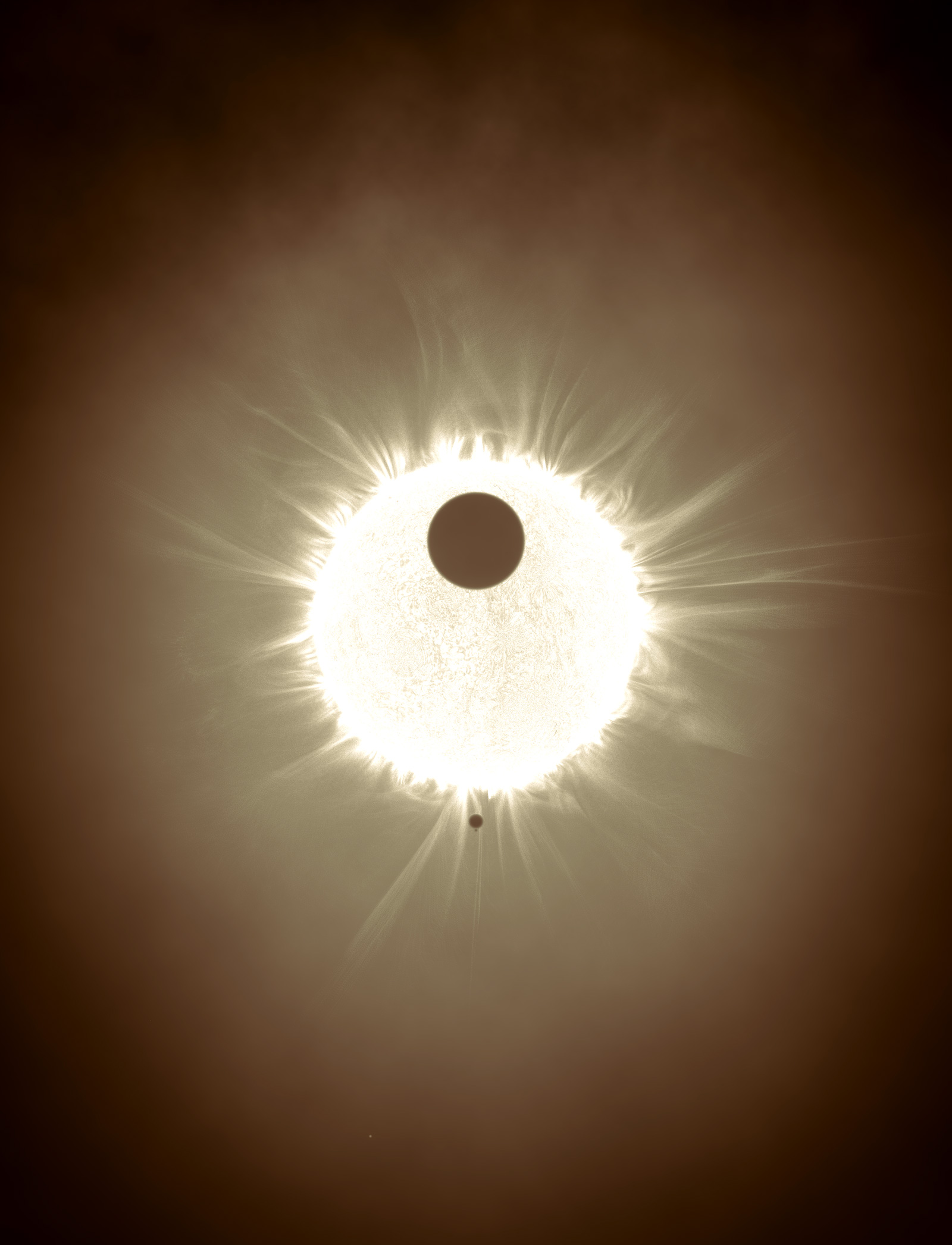
A daguerreotype is remarkably detailed, photographic image on a highly polished, silver-plated sheet of copper, sensitized with iodine vapors, exposed in a large box camera, developed in mercury fumes, and stabilized with salt water or sodium thiosulfate.
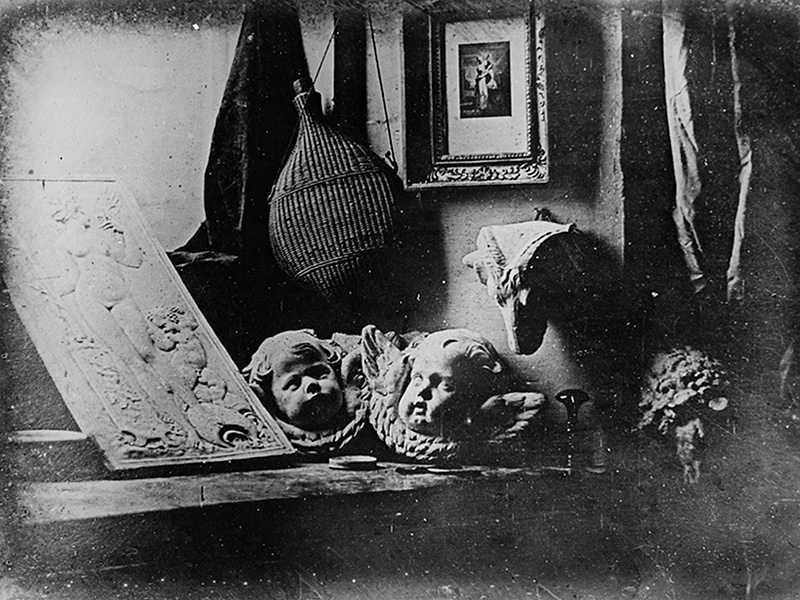
The process is complicated by todays standards, but there are still a few people dedicated to preserving this technique. We reached out to Jerry Spagnoli, a reknowned expert in the field. We collaborated on the creation of several physical daguerreotypes created directly from hand-curated images from this collection.
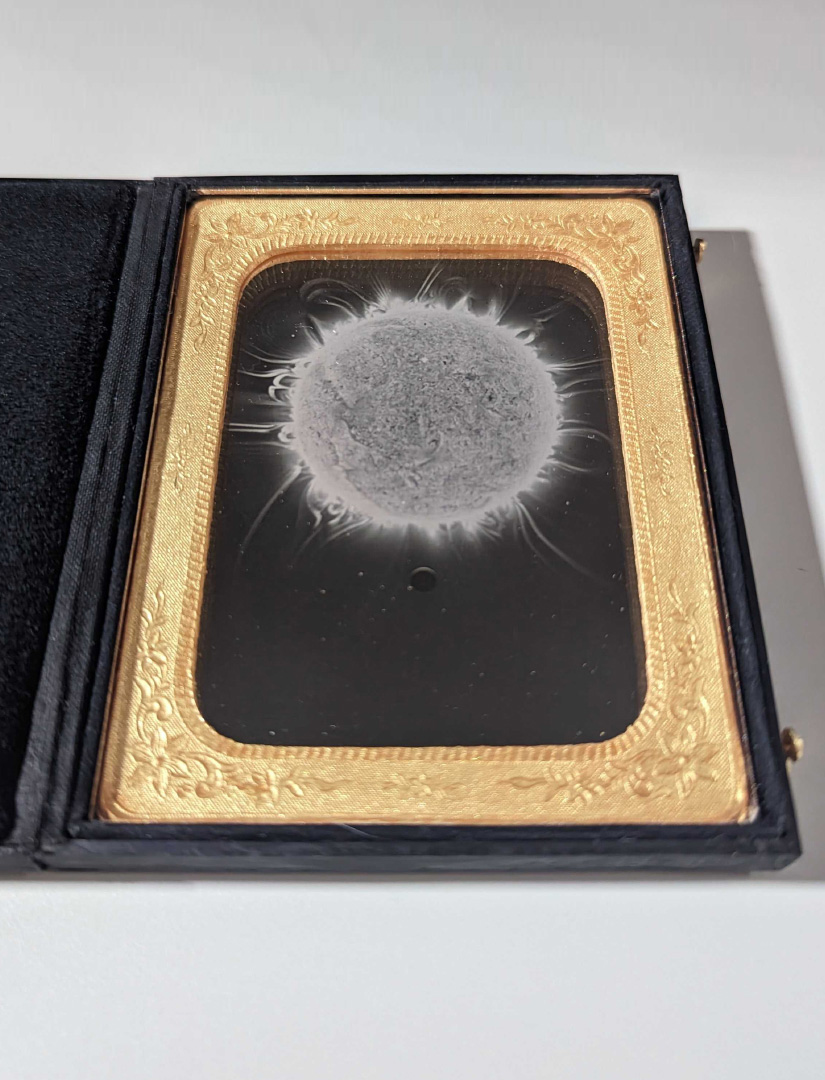
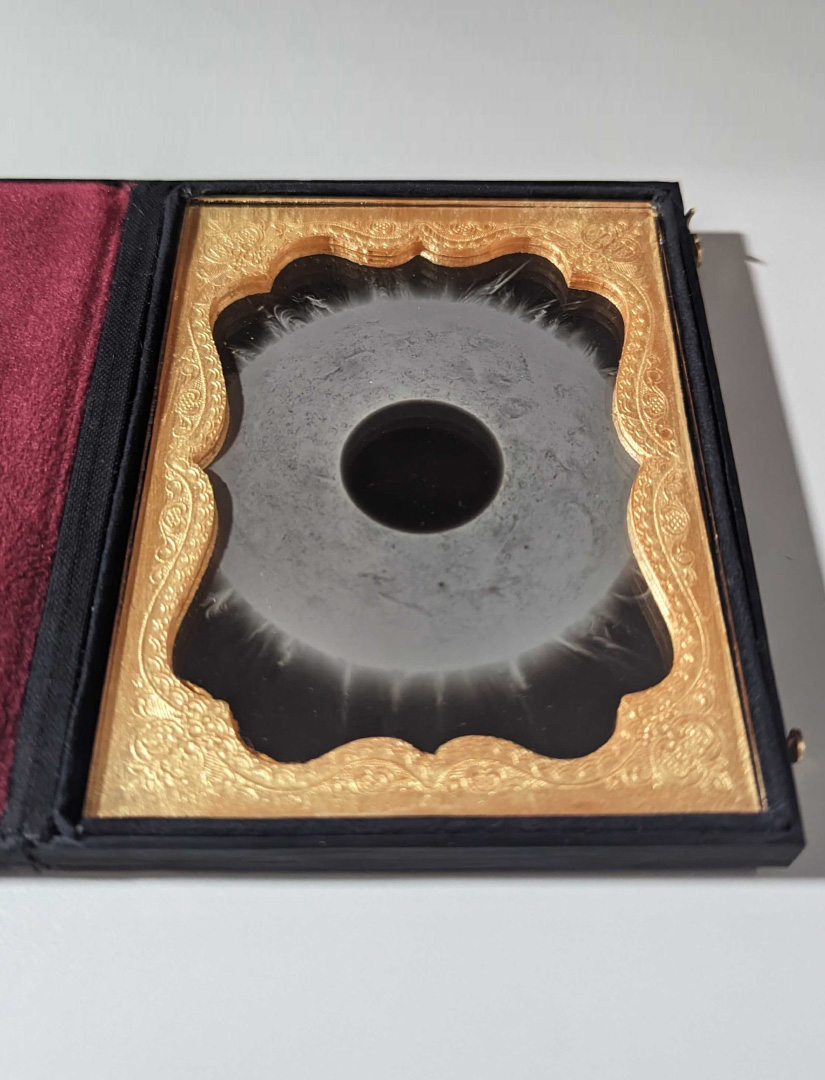
The historical significance of the daguerreotype process cannot be understated. It allowed people to carry with them incredibly accurate depictions of loved ones. When the French painter Paul Delaroche saw a daguerreotype in 1840, he declared “from today, painting is dead.”
Within a decade of its invention, millions of daguerreotypes were produced around the world. However, by the 1860s, the art form had been replaced by newer and faster methods.
It is estimated that there are fewer than 100 photographers alive that work with the daguerreotype medium.
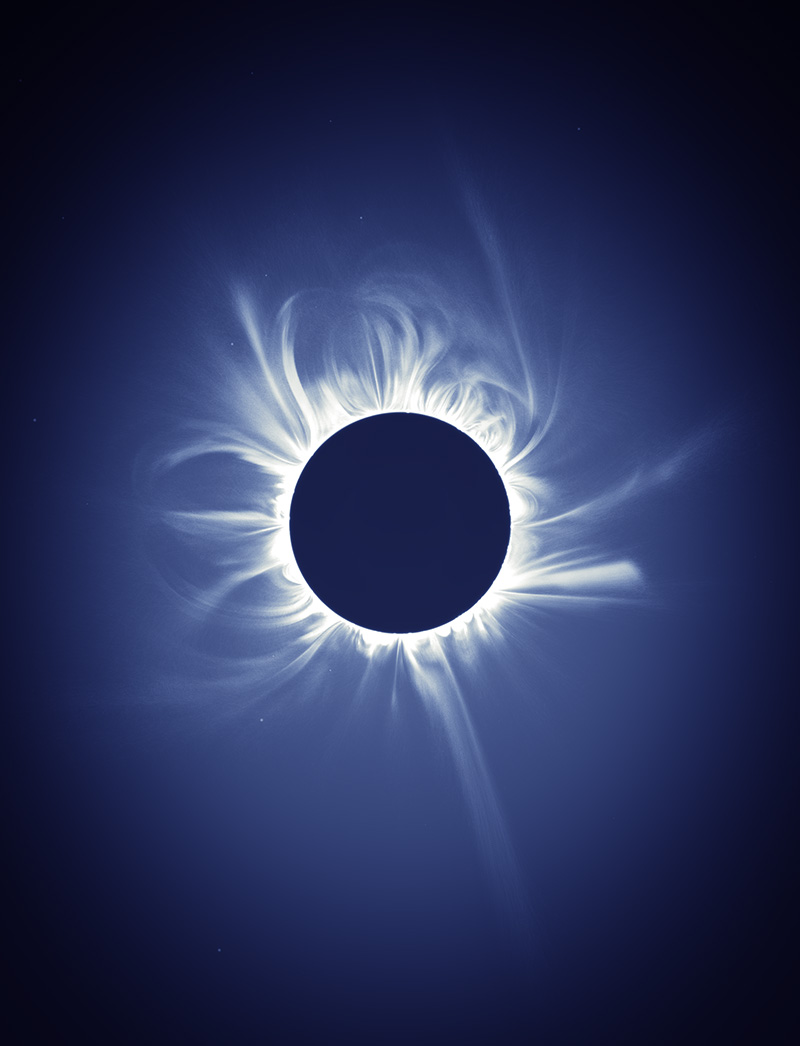
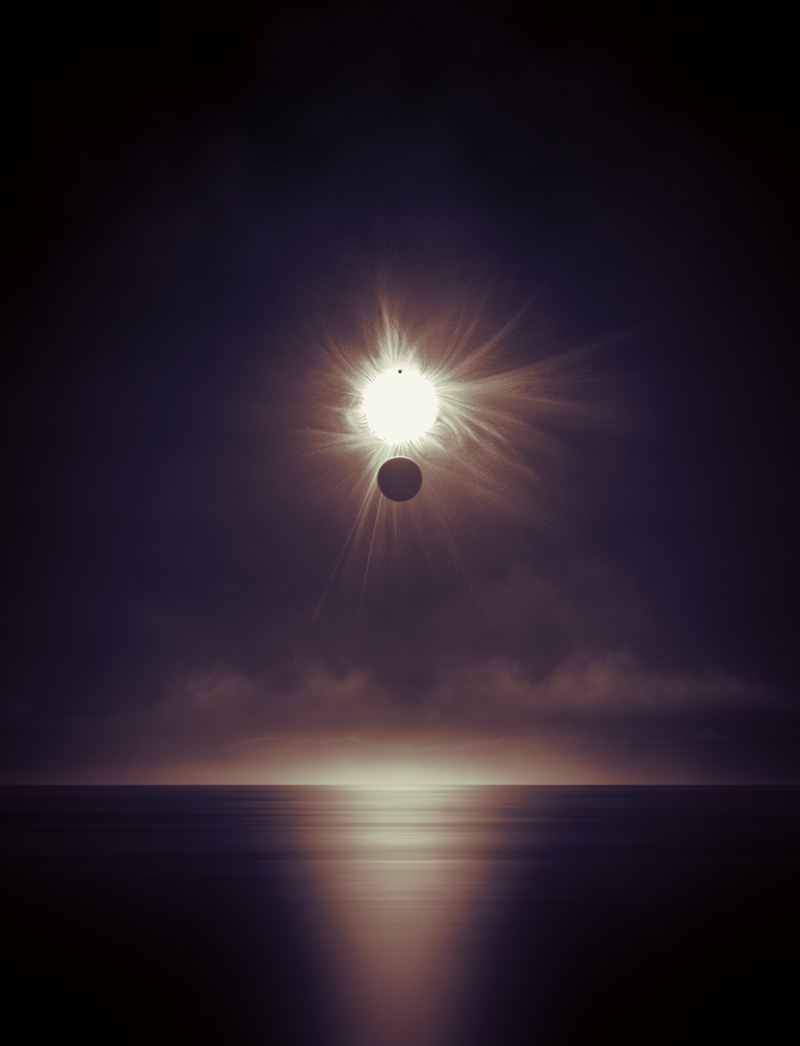
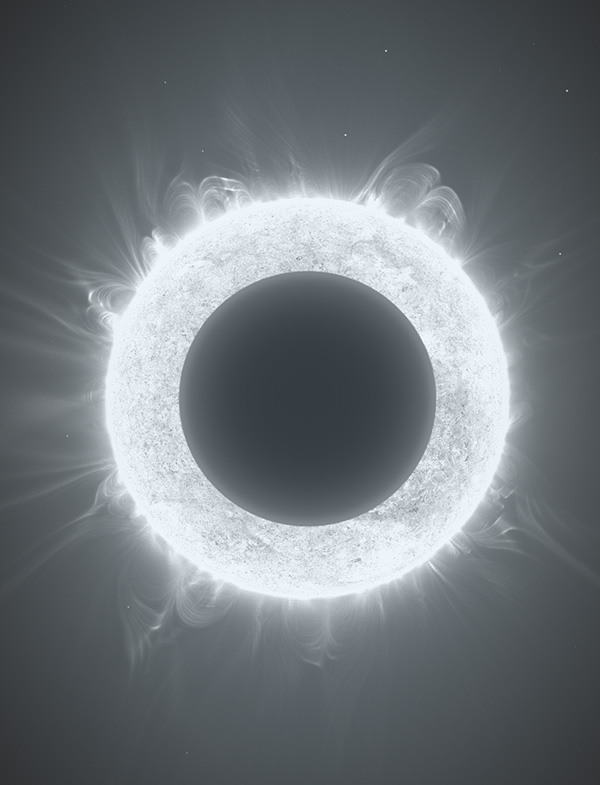

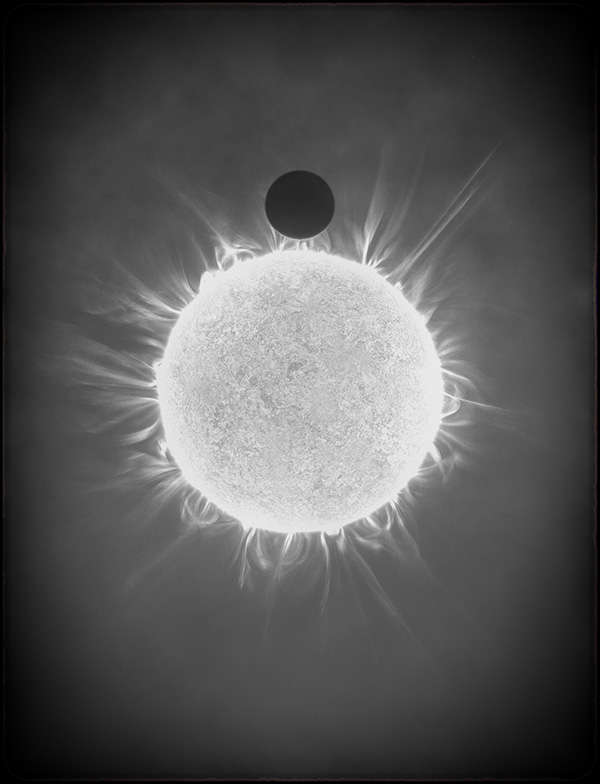
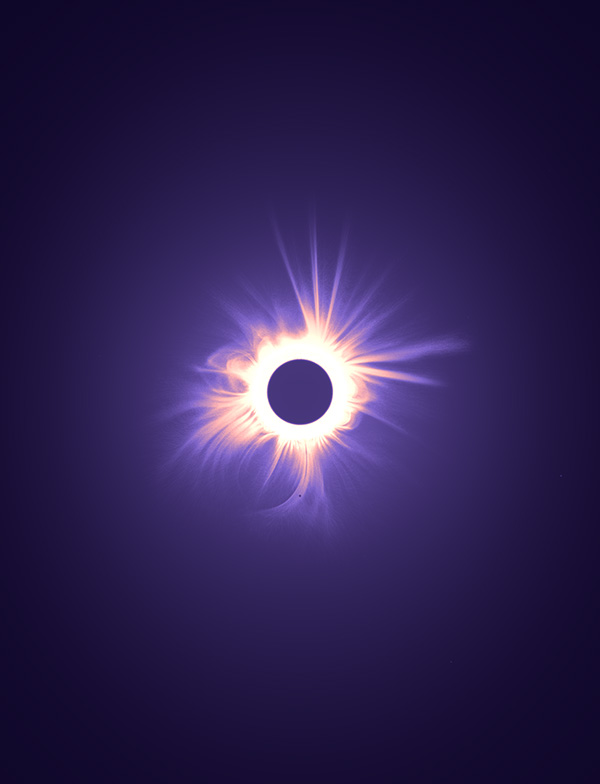
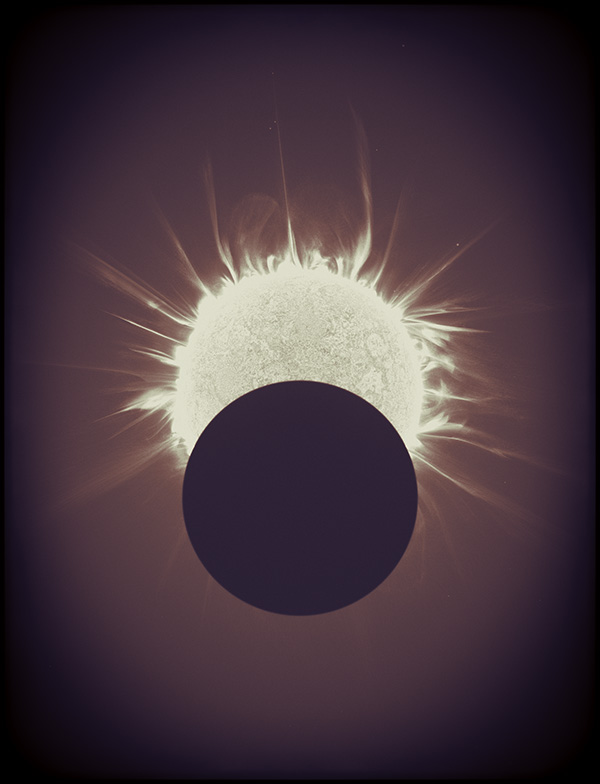
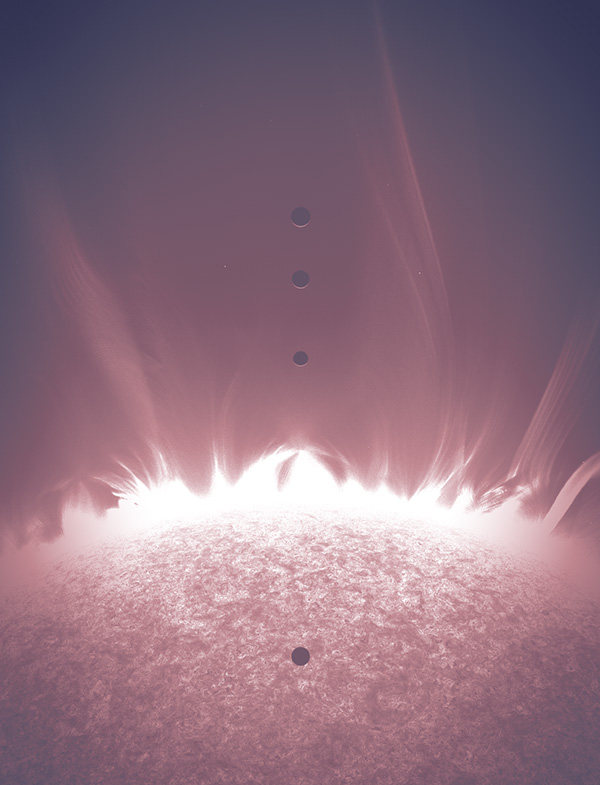
Inspiration
In June of 2012, Rare Volume Head of R&D Robert Hodgin took a trip to Minneapolis to speak at the Eyeo Festival. Venus was going to transit while he was there. This is a log of his experience.
At 5:09 pm on June 5th, a nearly imperceptible black circle began its march across the sun. Were it not a predicted mathematical certainty, it is doubtful anyone would have noticed.
For six minutes, the light from the sun was 0.087% dimmer.
It is a significant thing to see an object silhouetted against the sun. We are so accustom to seeing our perfect circle of pure light that we can't help but to celebrate the occasions where something blocks the view. I still feel a little more special when a slight shadow shoots across the landscape on a cloudless day, the source being an extremely rare transit of a commercial jet liner.
Exponentially more rare is the planetary transit. When Venus hangs on the horizon, glowing against the night sky, it is all too easy to think it another star. Only when it is drawn as a silhouette can its position in our universe be fully appreciated: orbitally locked like us, and forever drawing it's path around the sun.
That tiny black circle effected me in a big way. The scale of the cosmos shifted into perspective. That doesn’t happen often. I was incredibly moved. It was an experience I will never forget. This project is an homage to that strange once-in-a-lifetime event.
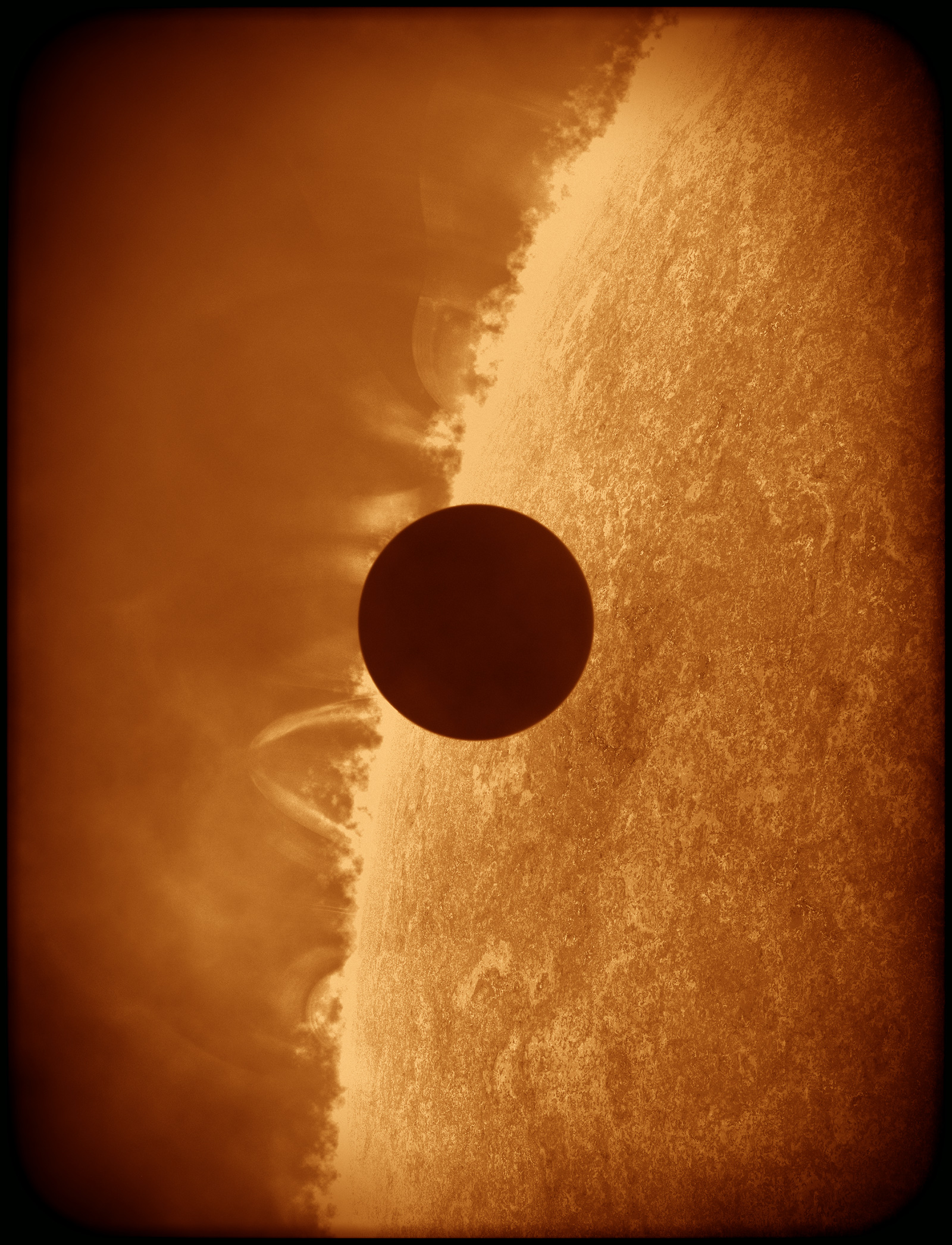
Next Occurance:
December 2117
As it turns out, Robert was very lucky to have seen it at all. In the last half century, a Venus transit has only happened twice. The 1st time was in 2004, and the 2nd time in 2012. The next two occurrences won't be until 2117 and 2125.
There are a couple silver linings: the Great American solar eclipse is on April 8 2024, and Mercury will transit in 2032.


Process
Solar Transits was designed to run in a browser at interactive frame-rates. We decided to forego 3D libraries and code the project in vanilla Javascript and GLSL shaders. The project is fully procedural. Every object in the scene exists in UV space as a 2D position and a radius. From these two variables, a signed distance field (SDF) is generated.
The first image below features one Sun, one Planet and one Moon.

Sun / Planet / Moon
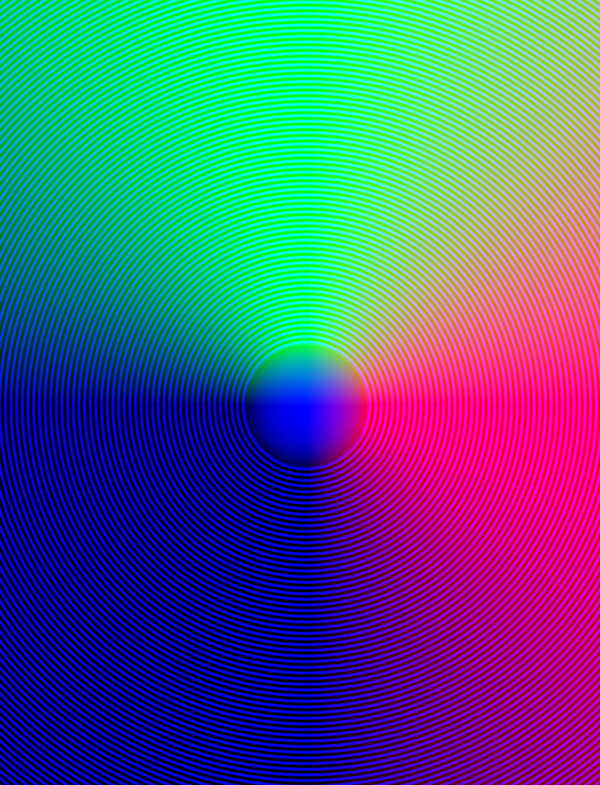
Sun SDF
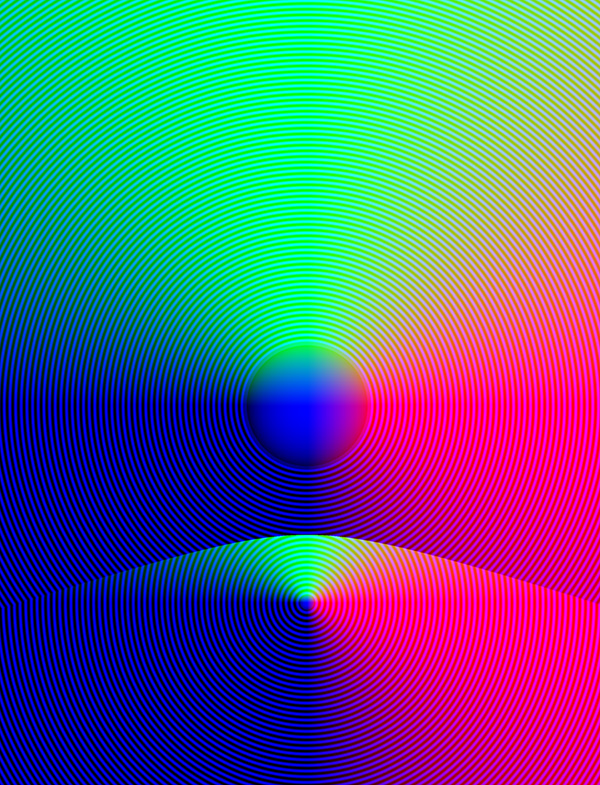
Planets SDF
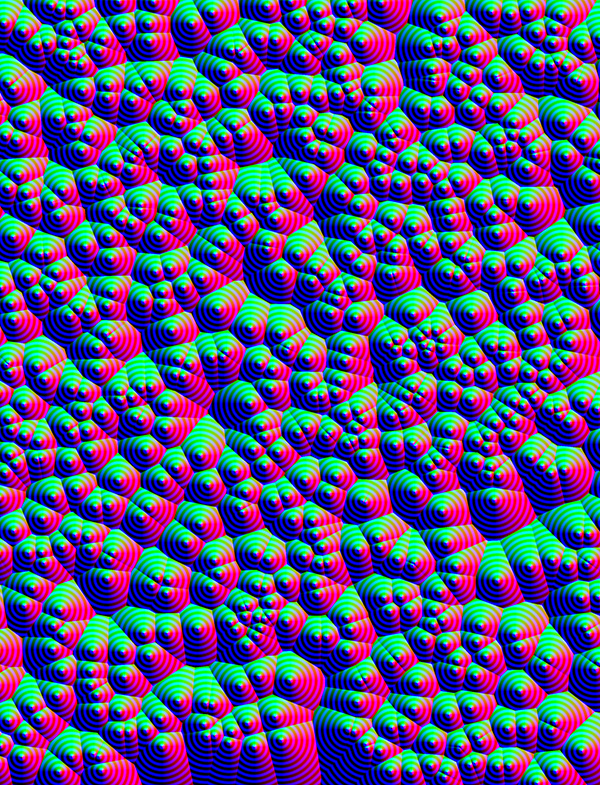
Background stars SDF
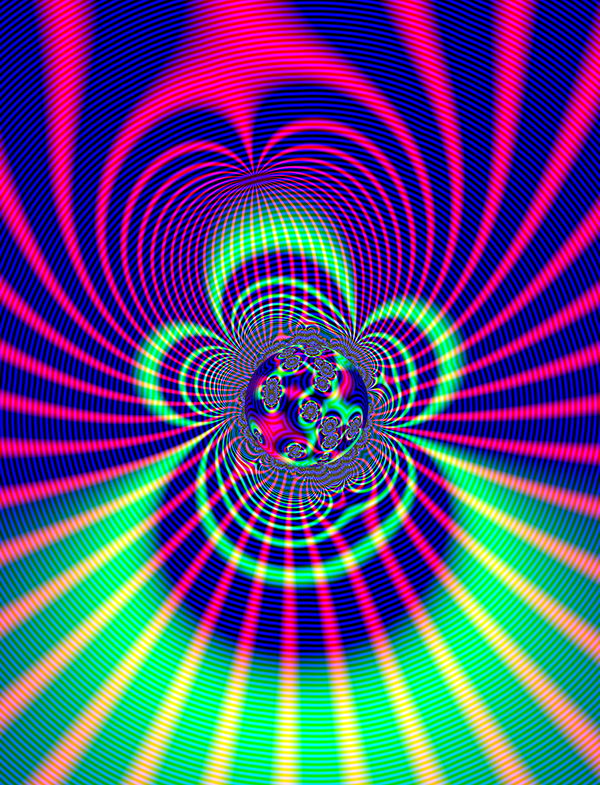
Solar activity SDF
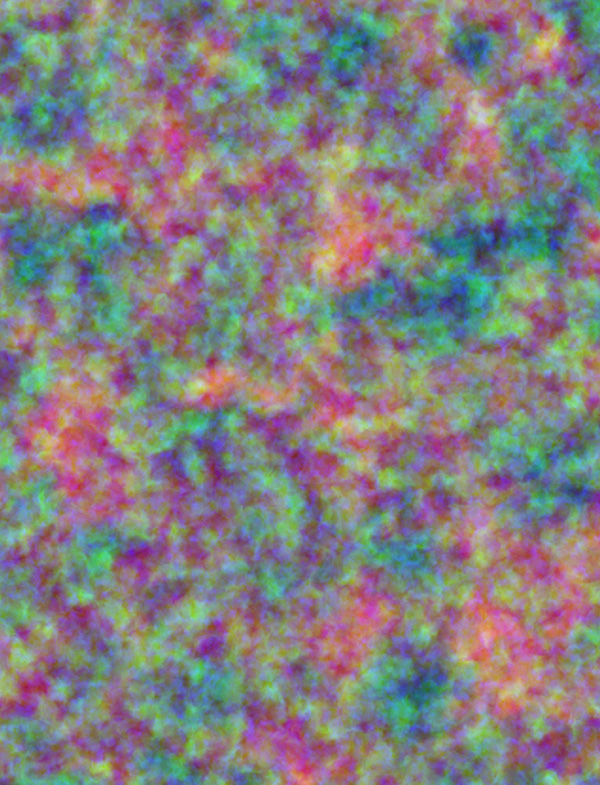
Noise LUT (4 LOD)
In keeping with the theme of photography, the code incorporates the notion of exposure time. The content is rendered at low brightness as if seen through a strong solar filter. The render frames are stacked for 3 to 5 seconds depending on the exposure settings for the final image. Shorter exposures offer more detail on the Sun’s surface, whereas higher exposures bring out more detail in the corona.

The underlying composition generator
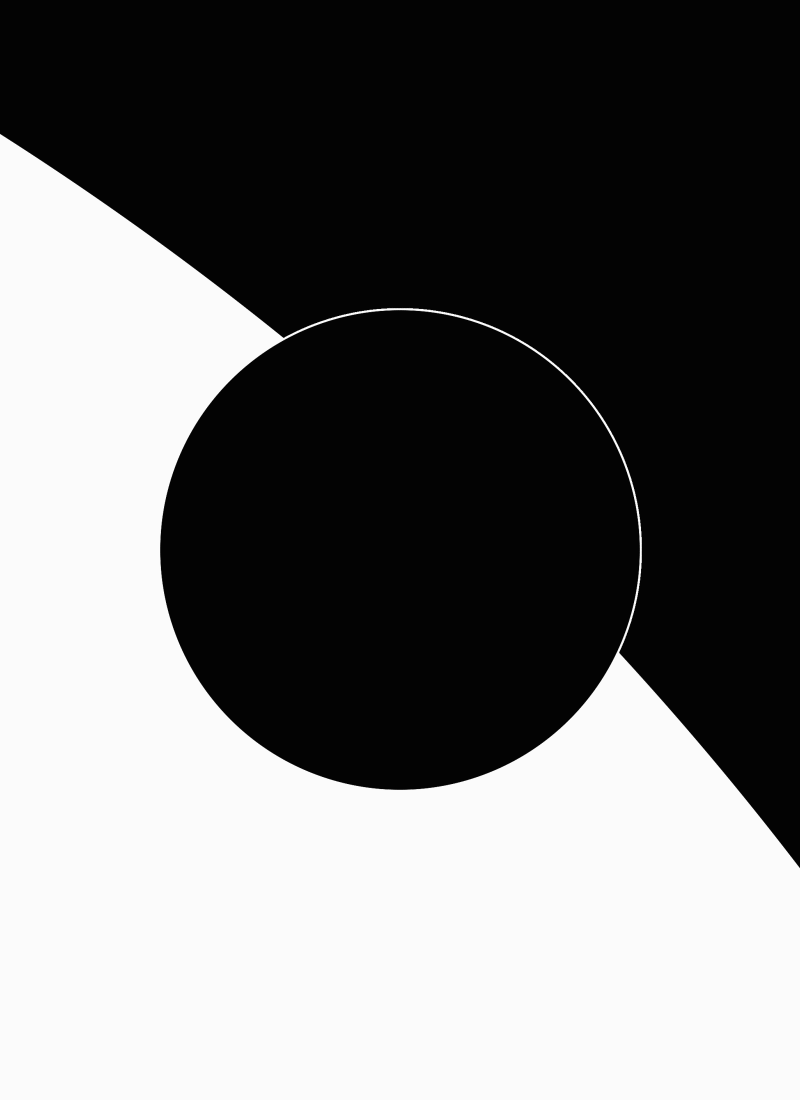
It became obvious early on that the corona effects would be the primary challenge.
The planets and moons and background sky were straightforward to build, but the corona needed to express energy and drama. We decided to use a particle sim instead of trying to fake the field line aesthetic in a shader.
The coronal force field was created by scattering points with differing strengths and polarities along the edge of the sun disk. From these points I created a force SDF. The particles in the simulation would query this SDF in UV-space and apply the resulting data to the velocity.
The results from this method were fine, but very mathematically rigid and predictable. The field needed more chaos and turbulence. We switched over to a GPU-based flocking algorithm and that provided enough potential for variety. Now, instead of following perfect arcs, the particles swarm through the empty space with organic intention while still being pushed around by the underlying force equations.

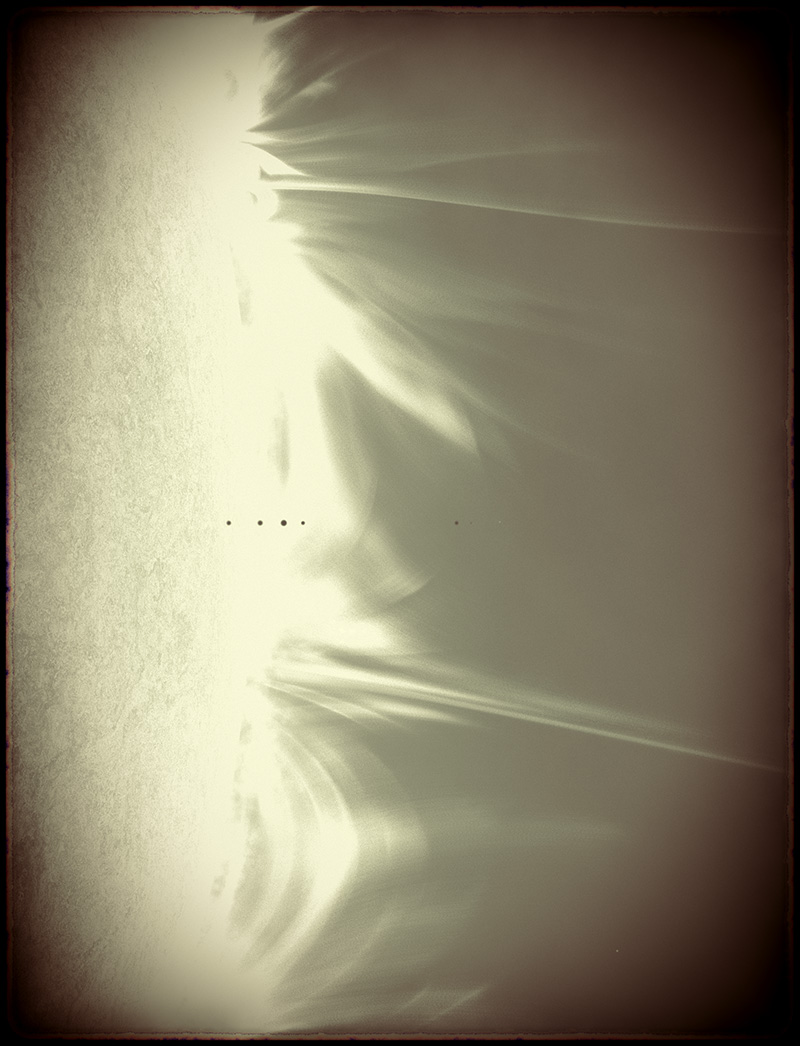
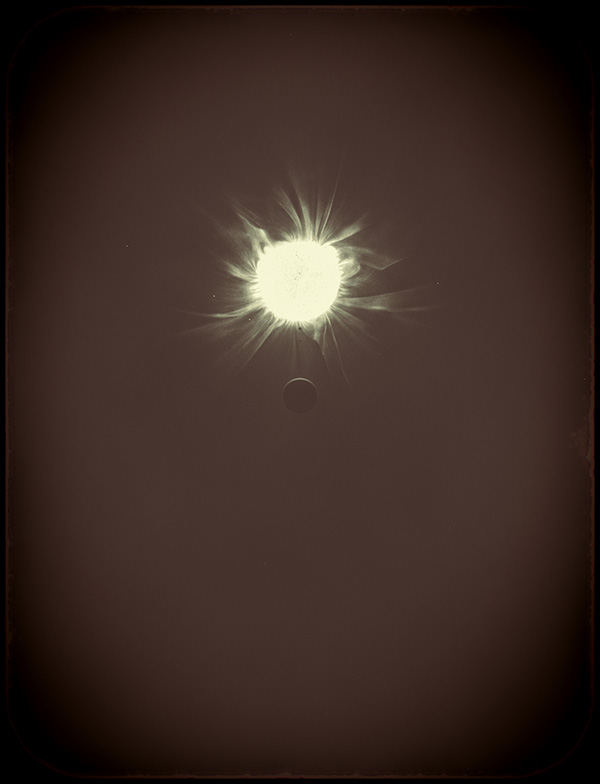
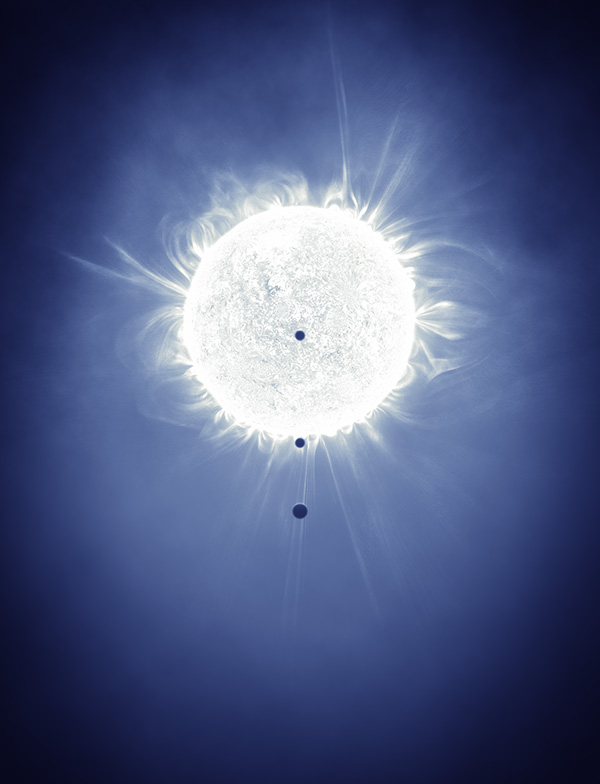
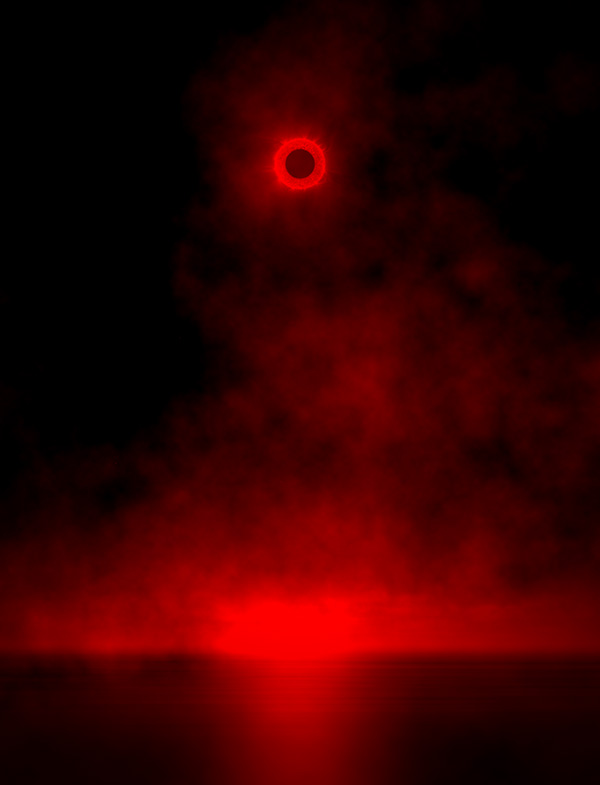
New York
2 East Broadway, 5th Floor
New York, NY 10038
contact@rarevolume.com
+1 917 410 2690
Austin
11801 Domain Blvd, 3rd Floor
Austin, TX 78758